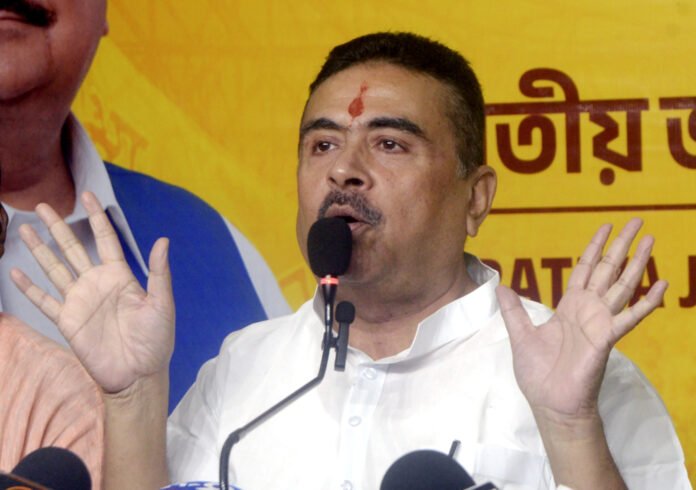In New Delhi, Forvis Mazars India released a new report calling for a big shift in how the country exports its goods. The firm says India must move from low‑value products to high‑value, technology‑heavy manufacturing if it wants stable growth and protection against global demand swings.
The report warns that softer demand in the United States, Europe and Japan, along with rising protectionism and broken‑up supply chains, could seriously hurt India’s trade. These challenges make it hard for the country to rely on simple GDP growth to keep exports moving.
“Export growth can’t keep going just because India’s economy expands,” said Rohit Chaturvedi, Partner for Transport and Logistics at Forvis Mazars. “We need to shift to high‑value, tech‑intensive products and give policymakers clear incentives to plug India deeper into advanced global value chains.”
Chaturvedi also added that the country must invest in capital and modern logistics infrastructure to cut bottlenecks and boost competitiveness.
The report stresses that India’s external sector is entering a crucial phase. It sets a target of $1 trillion in merchandise exports by 2030 and $2 trillion in total goods and services exports. Export strategy is now seen as a key driver of long‑term GDP growth, foreign investment, and deeper global supply‑chain integration, rather than just a way to sell surplus production.
Over the past 20 years, India’s export mix has changed dramatically. The country has moved away from low‑value primary commodities toward a portfolio dominated by higher‑value manufacturing and technology products. From FY18 to FY25, engineering goods, petroleum products, electronics, pharmaceuticals, gems and jewellery, and chemicals together accounted for about 70 % of export value.
Electronics, in particular, grew five times, reaching $38.5 billion and increasing its share from 2 % to 9 %. Engineering goods still lead the way, driven by capital goods, auto components and industrial machinery. Traditional sectors such as textiles have lost market share, underscoring the broader pivot toward knowledge‑driven exports.
With these shifts, India can better shield its economy against global shocks and keep its export engine running strong.
Source: aninews
Stay informed on all the latest news, real-time breaking news updates, and follow all the important headlines in world News on Latest NewsX. Follow us on social media Facebook, Twitter(X), Gettr and subscribe our Youtube Channel.



